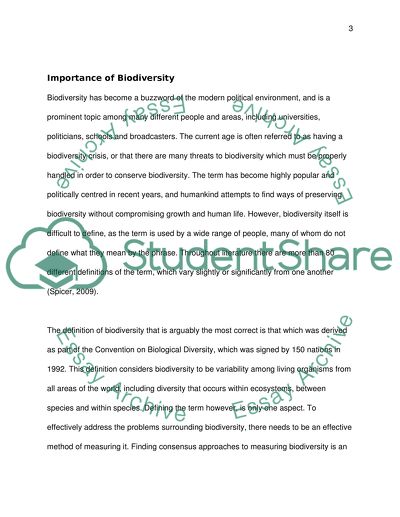Cite this document
(“The Impact of Woodland Management Practices on Biodiversity Essay”, n.d.)
The Impact of Woodland Management Practices on Biodiversity Essay. Retrieved from https://studentshare.org/environmental-studies/1400752-discuss-how-woodland-management-practises-affect
The Impact of Woodland Management Practices on Biodiversity Essay. Retrieved from https://studentshare.org/environmental-studies/1400752-discuss-how-woodland-management-practises-affect
(The Impact of Woodland Management Practices on Biodiversity Essay)
The Impact of Woodland Management Practices on Biodiversity Essay. https://studentshare.org/environmental-studies/1400752-discuss-how-woodland-management-practises-affect.
The Impact of Woodland Management Practices on Biodiversity Essay. https://studentshare.org/environmental-studies/1400752-discuss-how-woodland-management-practises-affect.
“The Impact of Woodland Management Practices on Biodiversity Essay”, n.d. https://studentshare.org/environmental-studies/1400752-discuss-how-woodland-management-practises-affect.


